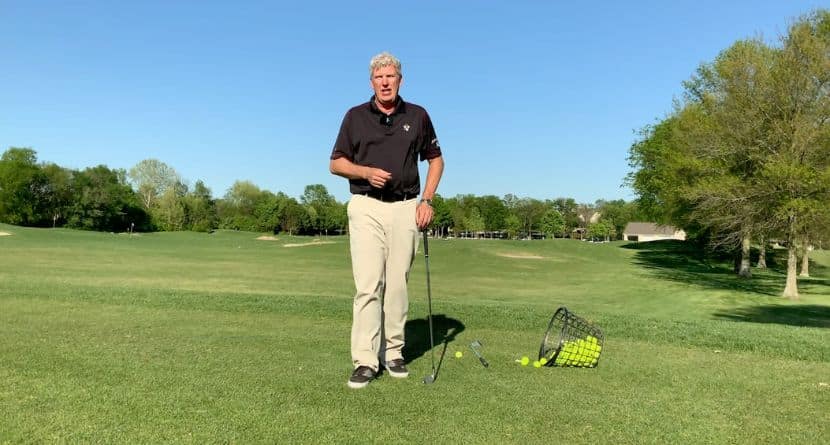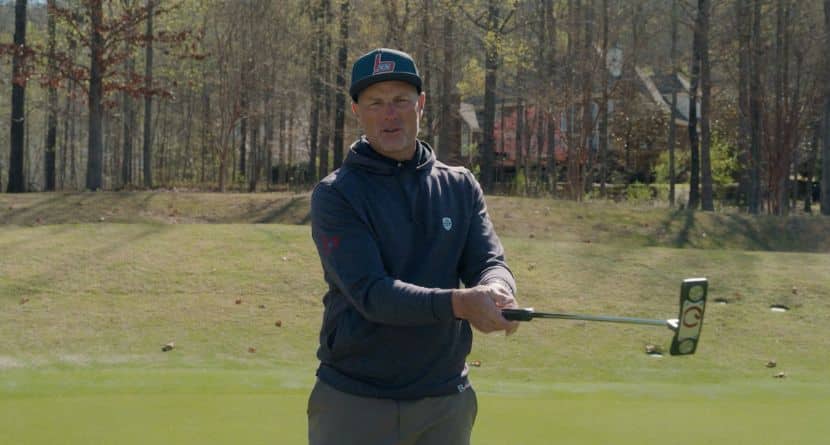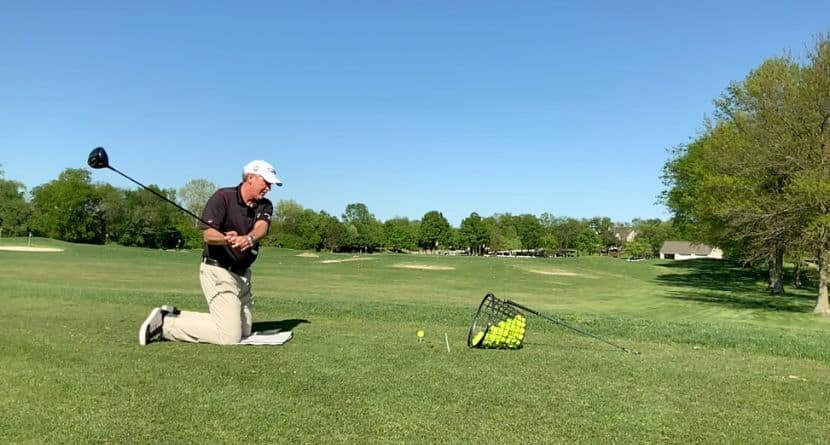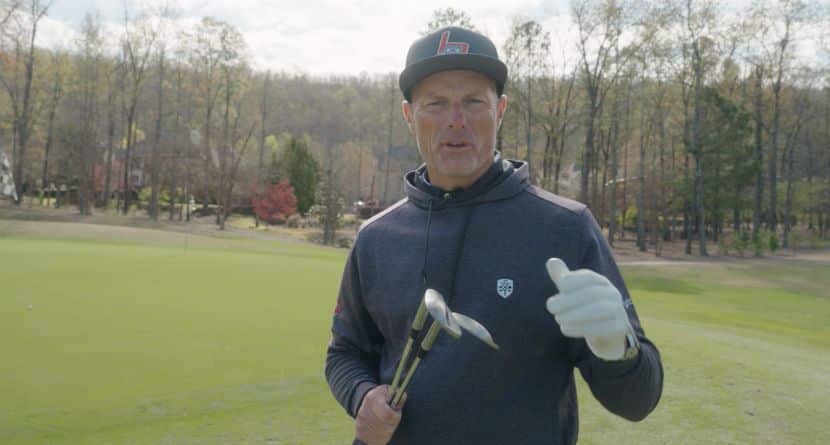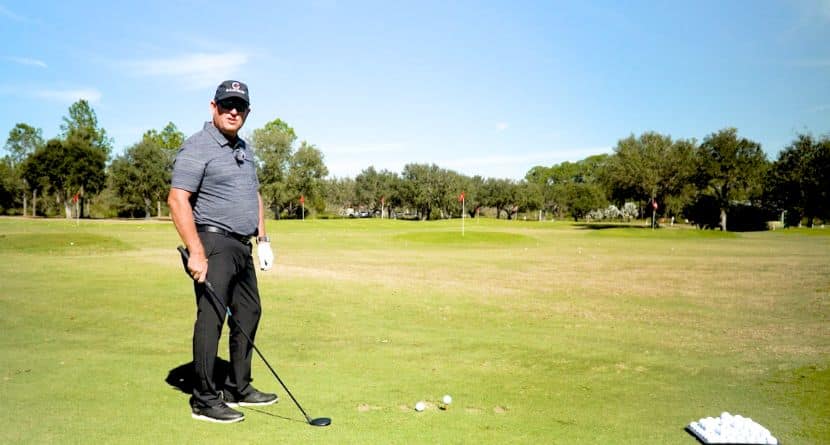Kevin Tway gained status on the PGA Tour in 2014. After a few seasons of close calls, he finally has his first win at the Safeway Open. At 30 years old, he isn’t on the young side of the game, and his play in the final round showed a poise and maturity that brought him the win.
Players with all the tools still struggle to breakthrough on Tour, and the problems they have are the same the average — or even below-average — golfer battles at his local course: playing under pressure and dialing in irons in for distance control from in-between yardages. This skill separates elite players from their peers because it allows for all shots to be in a scorable distance from the flag.
Watching Tway hit this shot into the 10th green, the third sudden-death playoff hole, we notice how the backswing is shortened, but the follow-through is long; that of a full shot.
All players can learn from this. Most amateurs try to control distance, especially when looking to take some power off a shot, incorrectly. As instructors, we see our students complete a big and full backswing only to decelerate into impact, which totally alters the proper swing sequence and often results in poor contact. Yes, the shot may go shorter, but it is nowhere near the target or the ideal distance.
If you face a yardage that puts you in-between clubs and the location of the flag and the contour of the green complex favors a shot pin-high or slightly longer, remember these tips:
- Choke up a half inch or inch to shorten the length of the shaft and decrease the distance of the shot (given a full swing) by 3 to 5 yards.
- Only make a backswing to shoulder height. Do this by completing a full rotation with the upper body and allowing the hips to turn, but limit how far back you take your hands. Just like Tway, feel your hands about shoulder height with a full wrist hinge.
- Finally, swing through as if it were a normal shot and hold a full finish. This will ensure the proper release and body motion are used.
NOTE: Avoid overswinging into impact. Many players when learning half or ¾ shots feel they need to add more power at the bottom and find they end up hitting the shot the full swing distance anyway. Focus on a normal transition and pressure shift towards the target from the limited backswing position to nail an in-between iron shot under pressure.


